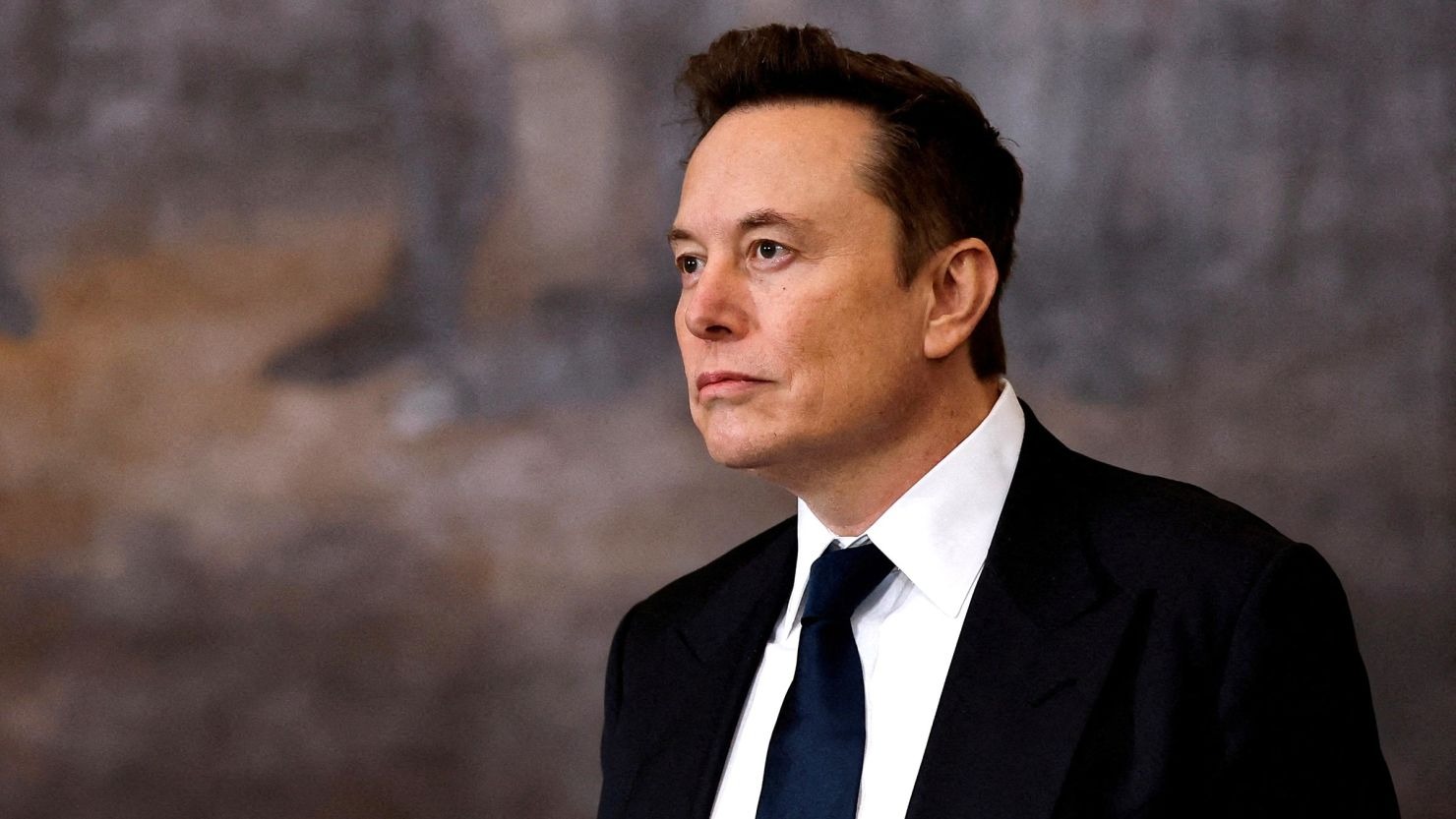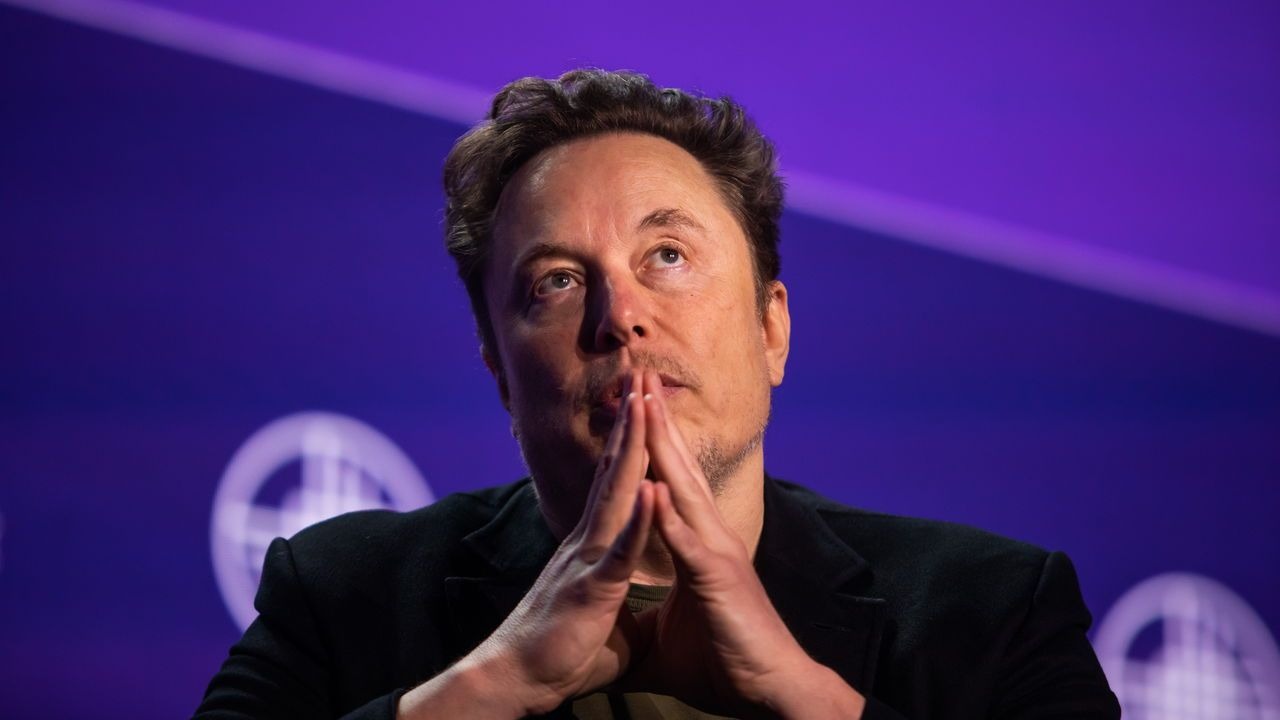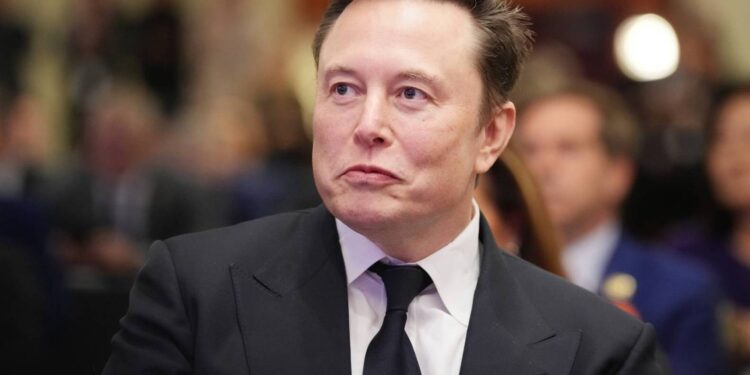When word started spreading on February 7 that members of Elon Musk’s team had arrived at the Consumer Financial Protection Bureau, staff inside the agency immediately reached for their phones.
On high alert, many began filming the unfamiliar young men from the unit called the Department of Government Efficiency as they were led into the building by security through the glass entrance of their Washington, D.C. office.

Employees shouted questions from a distance and tried snapping pictures of their faces. Inside the building, one staff member even challenged them directly in a meeting room and requested their identification. One of Musk’s aides responded by covering his badge with a laptop screen.
Resistance Building Within Federal Agencies
While Mr. Musk and his team have been moving swiftly through federal offices, removing programs and gaining control of sensitive data, some federal employees have started resisting. They are making use of the tools available to them to slow down or push back against actions they see as harmful.
These efforts are happening both out in the open and behind closed doors. Some workers have walked away from their positions, while others have filed lawsuits, more than two dozen so far.
Protests have been staged outside buildings where Musk’s team has entered, and many civil servants have joined government employee unions. Staff members have also sent emails criticizing the administration’s moves, despite knowing it might cost them their jobs.
Encrypted apps like Signal and other online platforms such as Zoom and Instagram have been used for sharing information and coordinating their responses.
During a video meeting between Musk’s team and civil servants working for the technology division of the General Services Administration, some employees flooded the chat box with spoon emojis.
It was their way of mocking a policy they disliked, a resignation offer named the “fork in the road.” In response, agency supervisors removed the spoon emoji from the list of searchable icons in the platform.
“These workers feel deeply disappointed and angry,” said Everett Kelley, who leads the American Federation of Government Employees, the largest union for federal employees. “They are patriots who genuinely care about public service.”
Federal Government Faces Internal Pushback
Despite all the protests and lawsuits, President Trump’s administration has largely pressed ahead without slowing down. New officials under his leadership are working on removing thousands of federal employees who are still on probation.
Plans are also in motion to cut staffing numbers dramatically. The administration has continued to find legal loopholes to block government funding, even with courts issuing decisions to stop those efforts. Mr. Musk has also been accused of spreading false information about the role and efforts of federal institutions.
According to Karoline Leavitt, the White House press secretary, anyone who thinks legal action or demonstrations will stop President Trump hasn’t been paying attention over the years. “They must have been asleep,” she said in a public statement.
Democratic lawmakers are still struggling to come up with a unified response. After losing control of both chambers of Congress and the presidency last November, the party has found it difficult to counteract the administration’s aggressive agenda.
Still, federal employees believe that collective action can inspire broader public support. A poll from the Washington Post and Ipsos shows that more Americans disapprove of Mr. Musk’s involvement in federal matters than those who approve, although 16 percent of respondents were undecided or offered no opinion.

Workers Speak Out Despite Personal Risk
Hanna Hickman, a former lawyer at the Consumer Financial Protection Bureau who recently lost her job, voiced her support for remaining employees. She said she was hopeful that lawsuits filed by unions would prevent the agency from shutting down completely.
“I’m unemployed now, but I still want those who are left to keep holding on,” she said. “People need to see that there are still individuals standing up to this.”
Pushing back has not been without risks. Several government workers who refused to follow directives have been forced to resign. This includes multiple prosecutors from both the Department of Justice and the U.S. Attorney’s office in Manhattan, as well as the acting head of the Social Security Administration.
At the same time, the White House has moved to weaken traditional protections that federal workers have used in the past to challenge improper treatment.
President Trump removed 19 inspectors general, made an attempt to fire the leader of the Merit Systems Protection Board, and dismissed the official in charge of the Office of Special Counsel, which is supposed to protect whistleblowers inside the government.






















